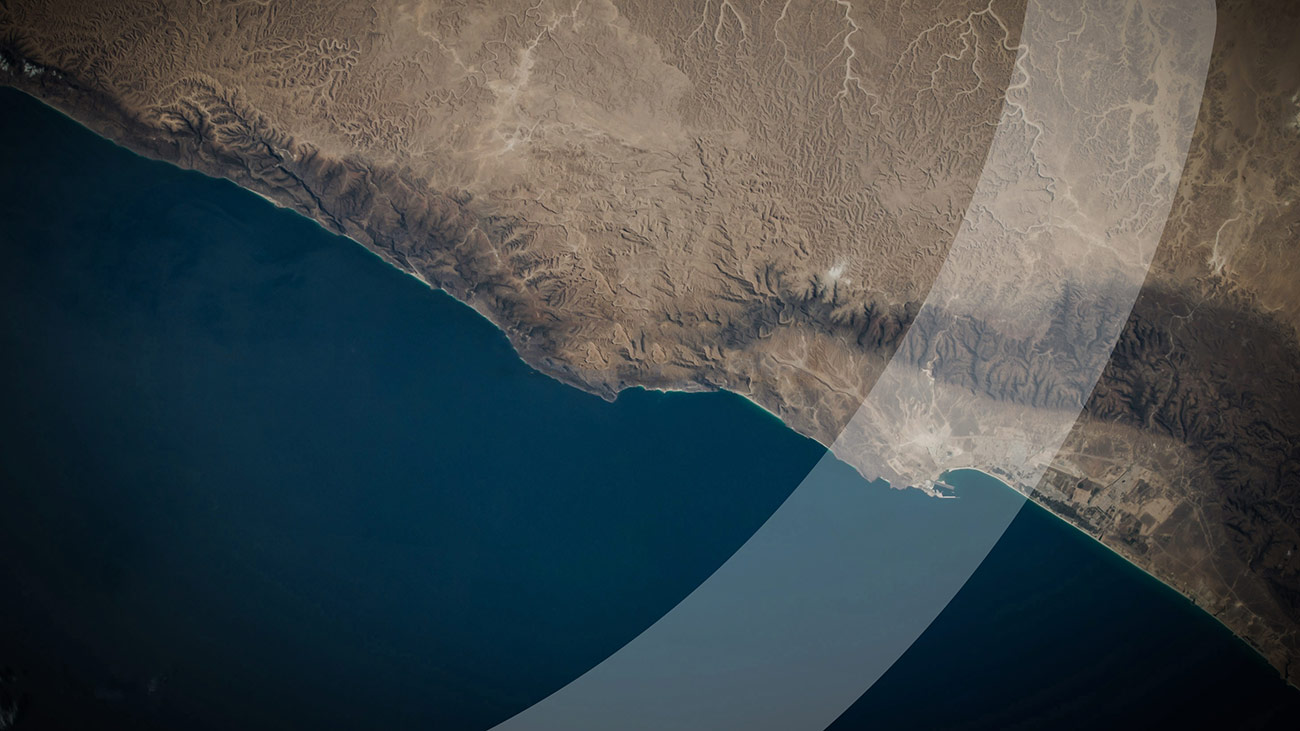-
 Advancing
Advancing
Earth
Science
Collaboratively

 Advancing
Advancing
Earth
Science
Collaboratively -
 Discover the
Discover the
first collaborative
platform in
Earth Sciences.READ MORE
 Discover the
Discover the
first collaborative
platform in
Earth Sciences.READ MORE


